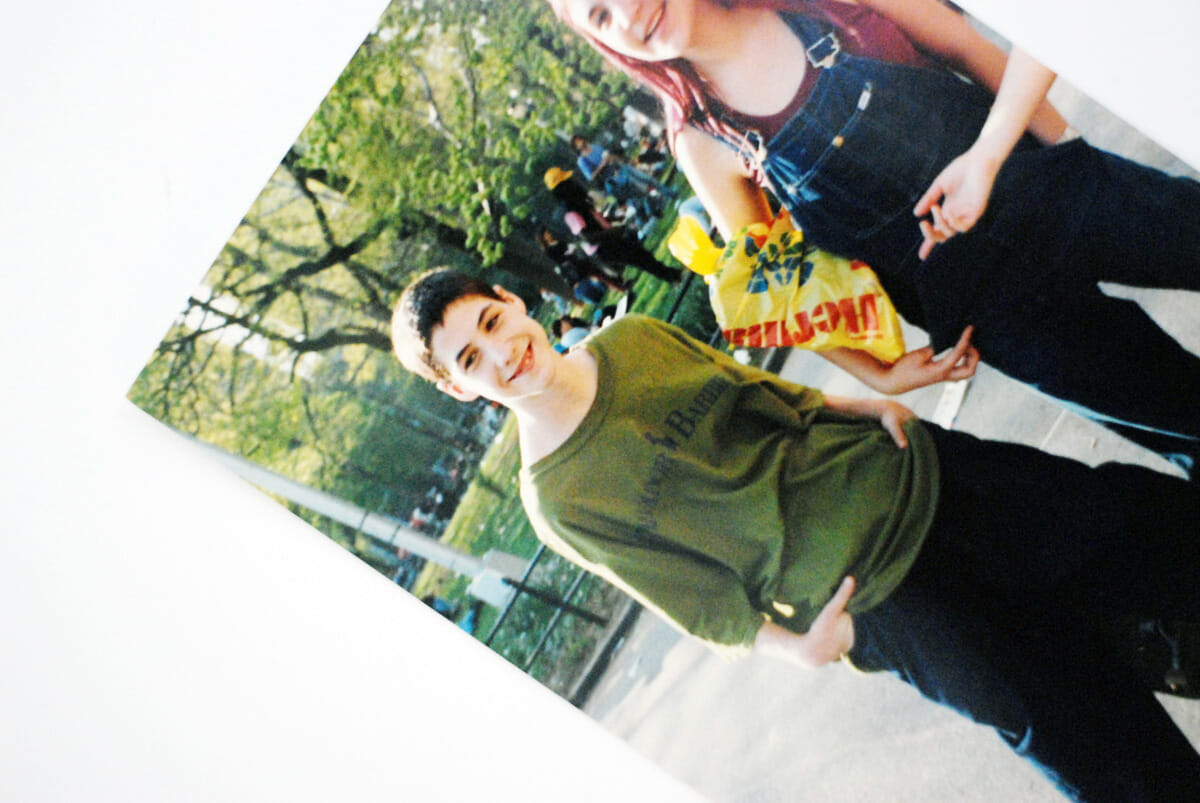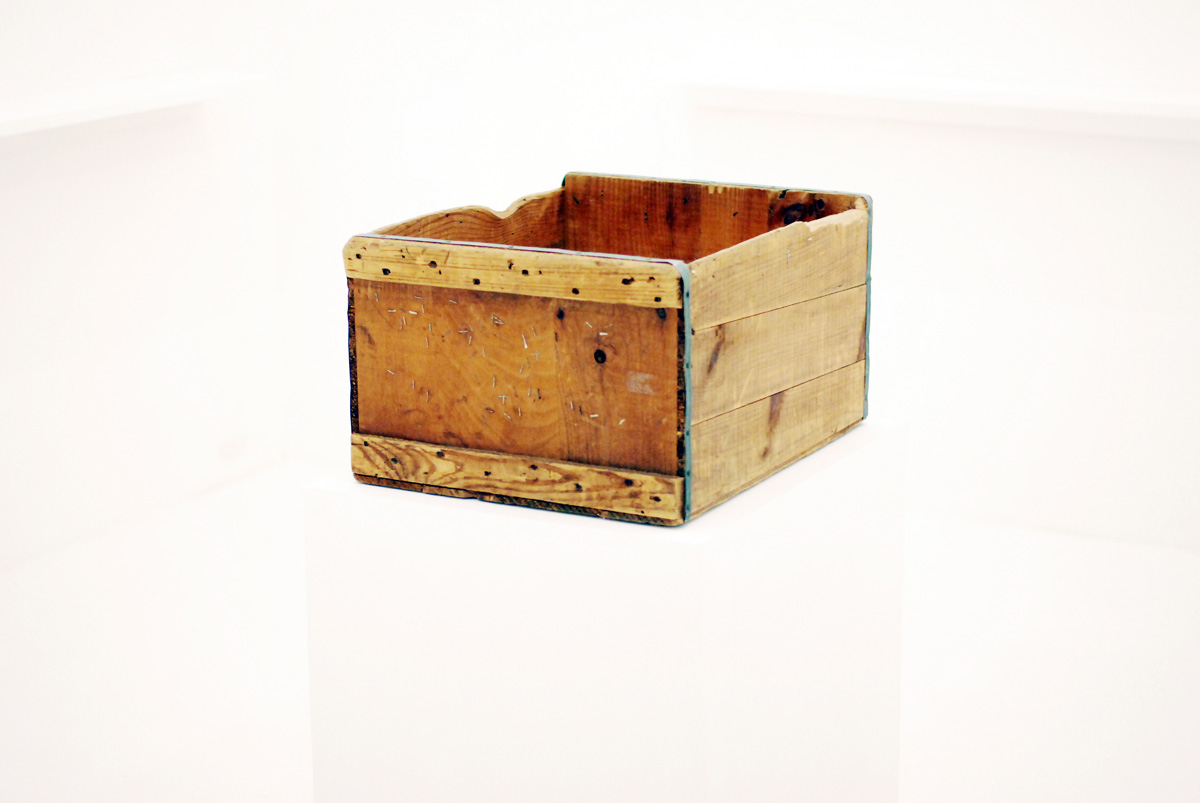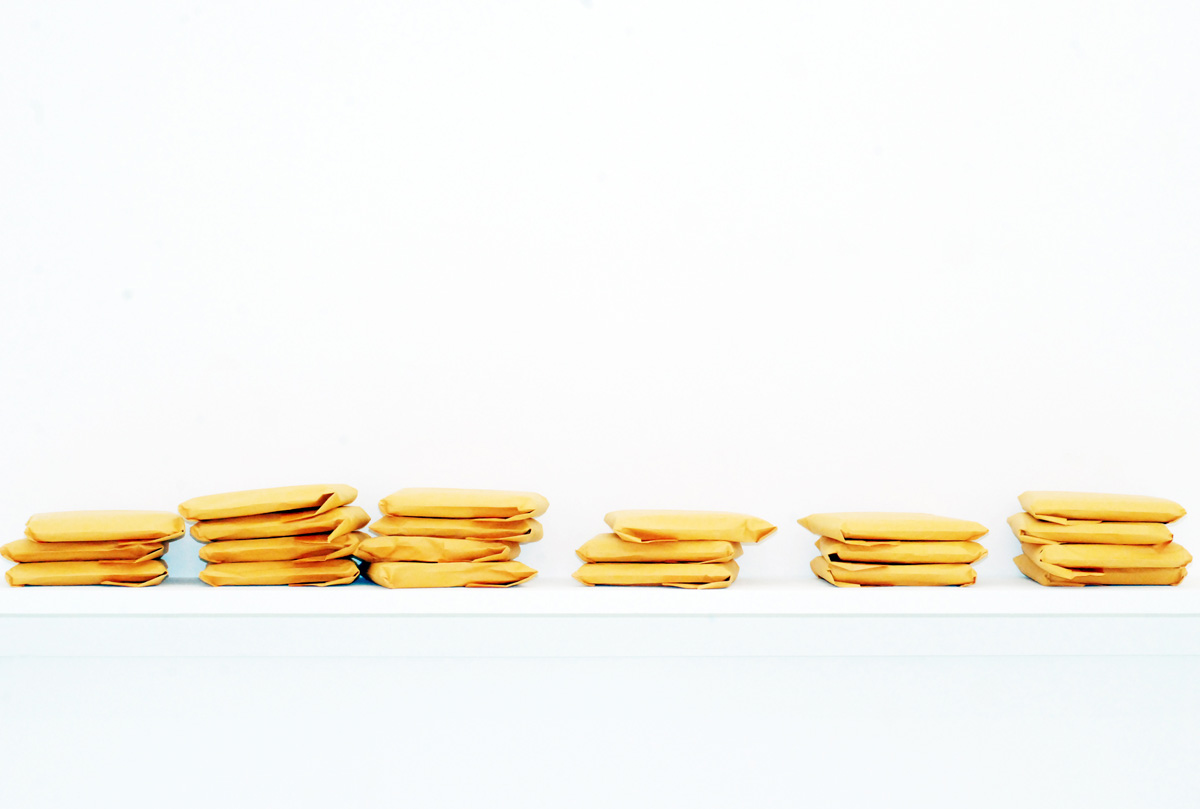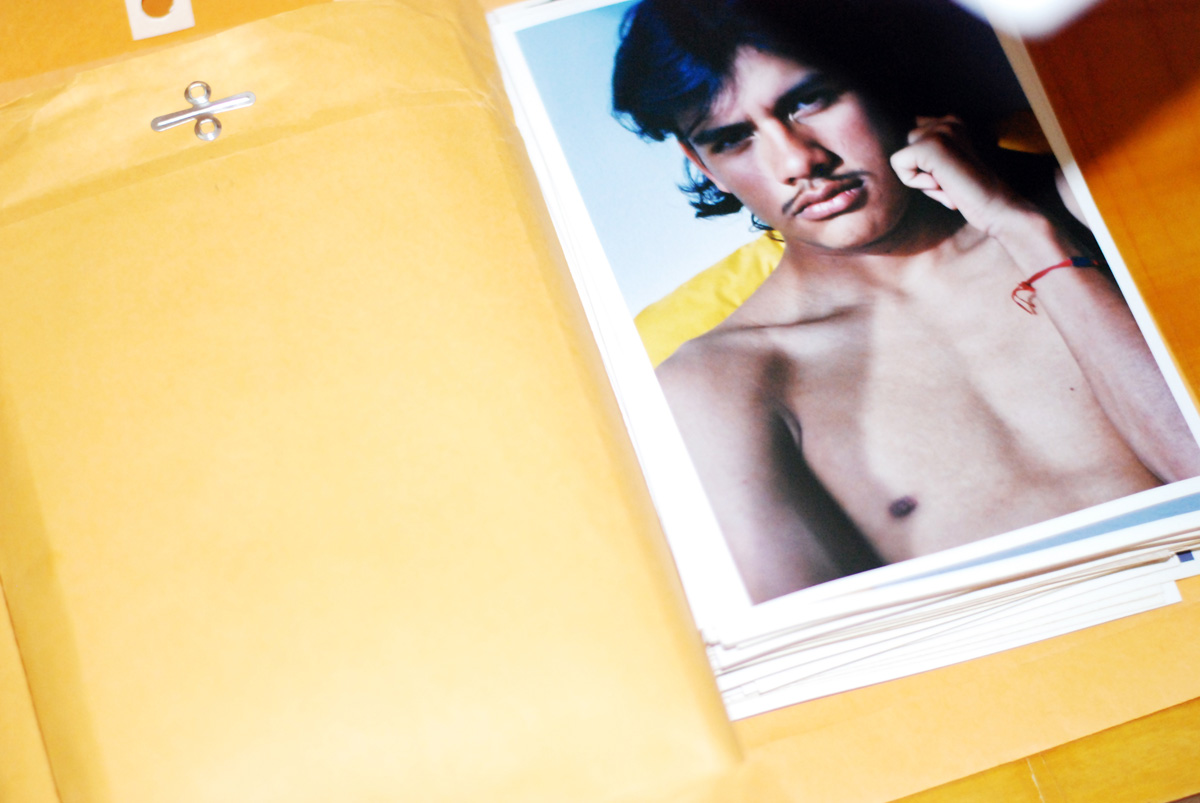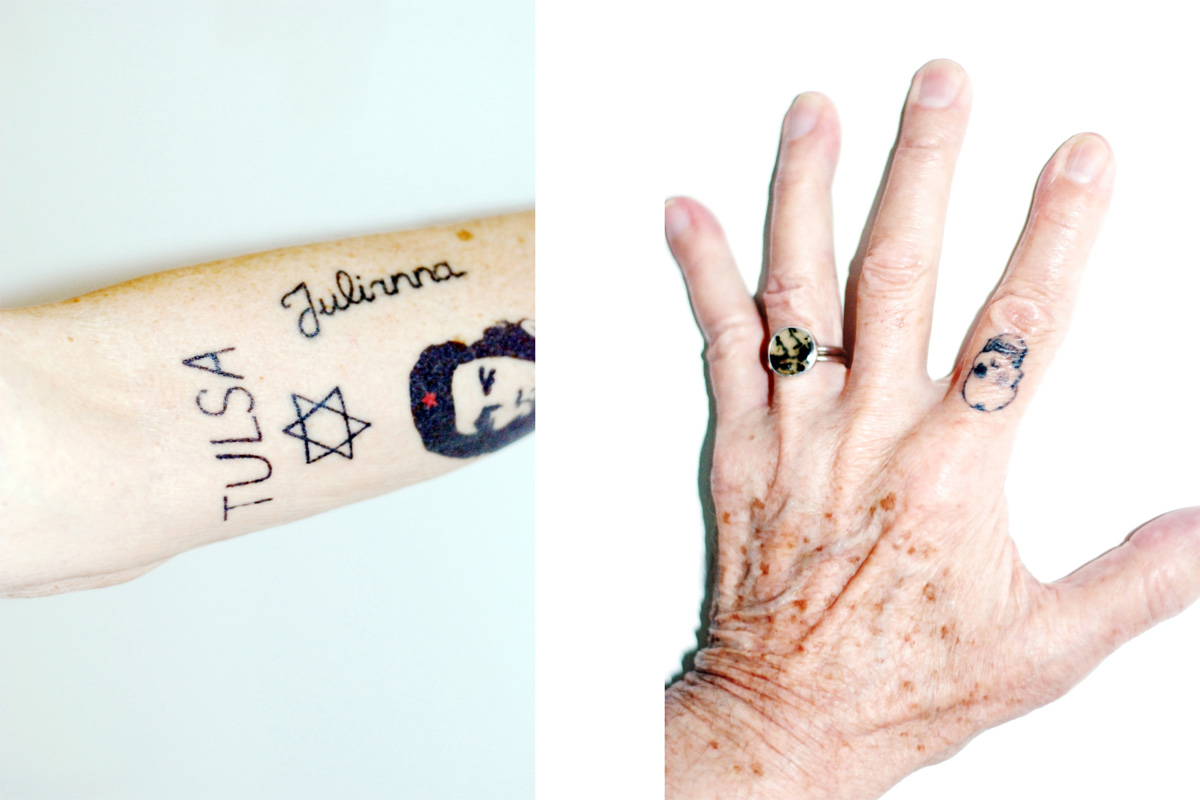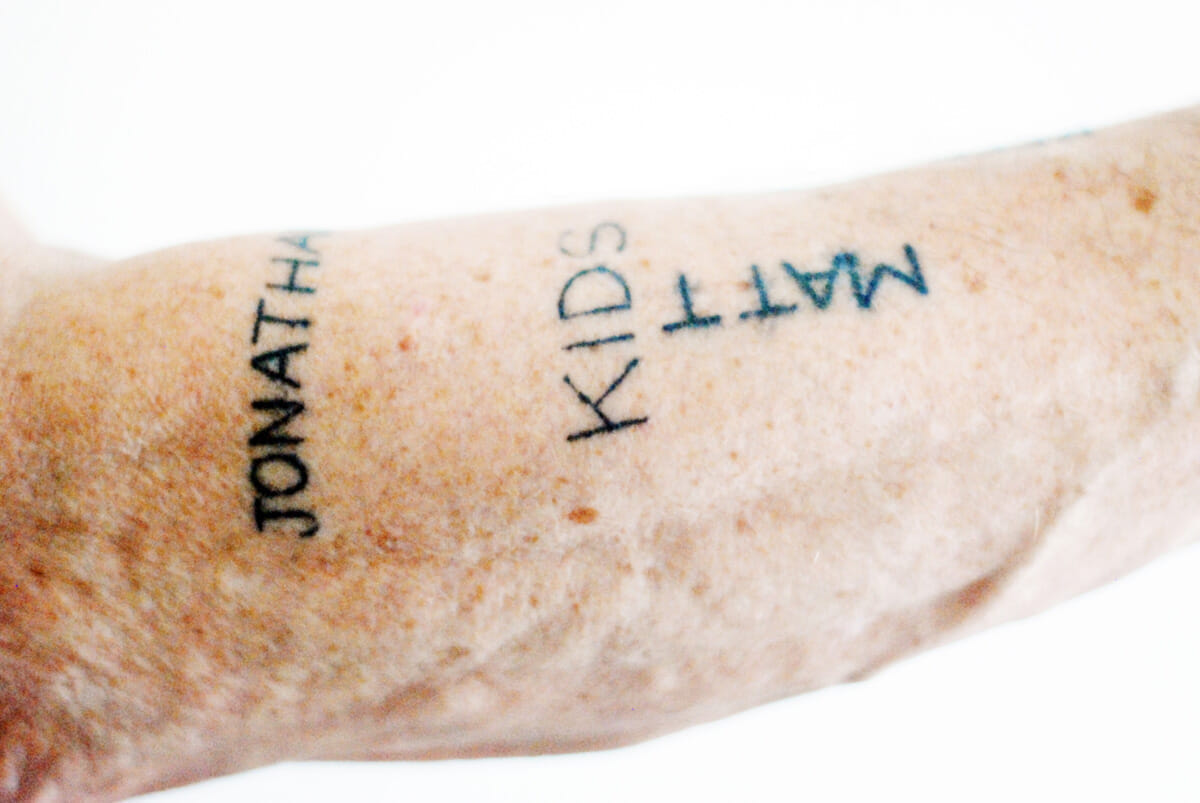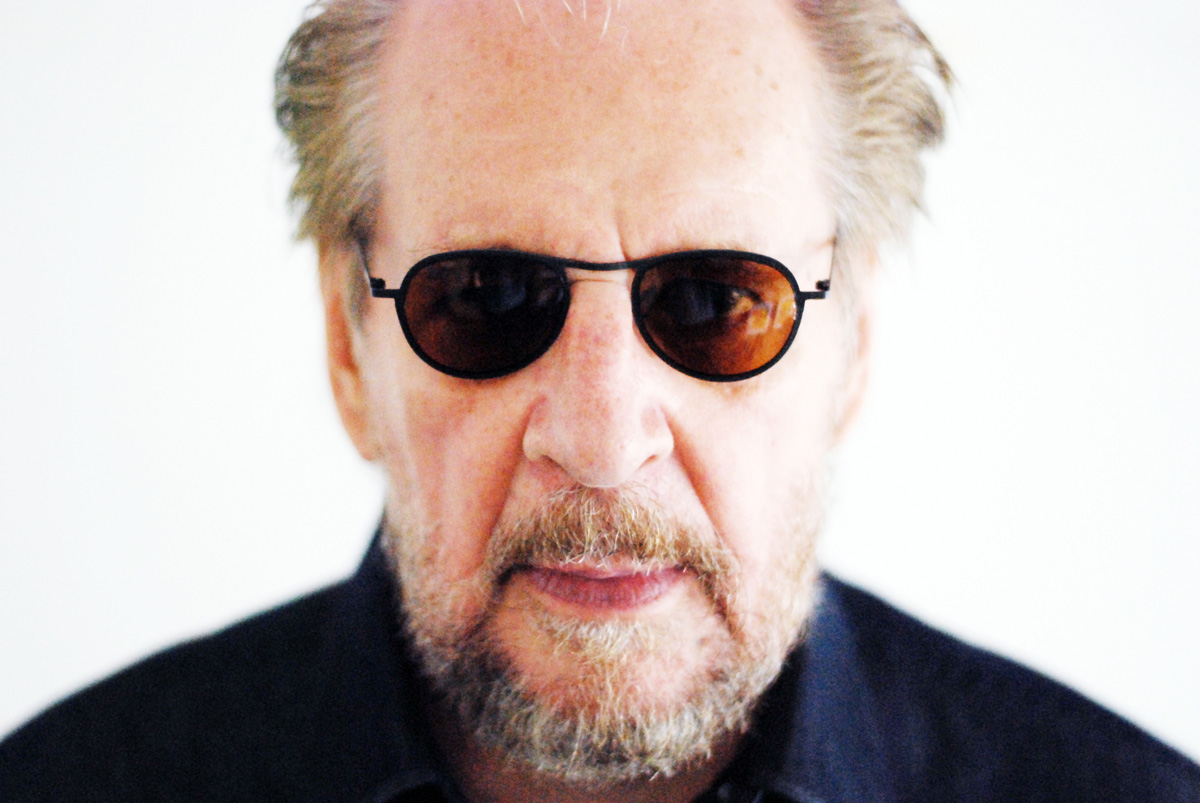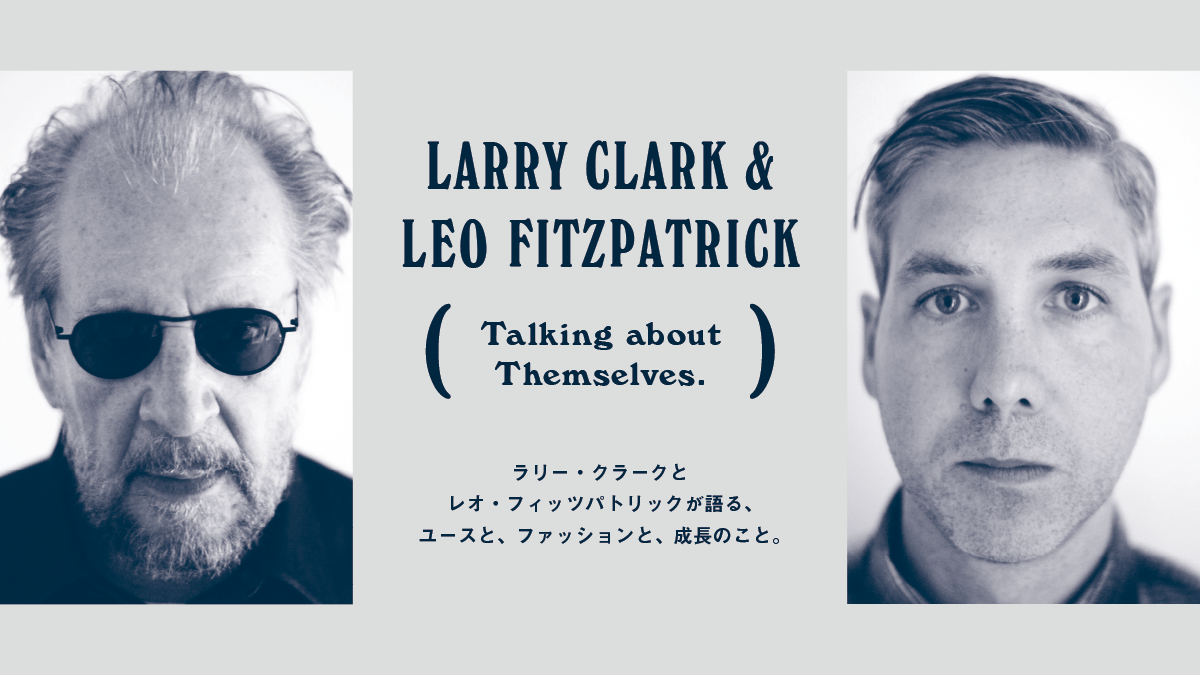
Larry Clark & Leo Fitzpatrick talking about themselves.
Larry Clark and Leo Fitzpatrick talk youth, fashion, and growing up.
Larry Clark is an artist who continues to depict youth culture and has a profound influence on the world of fashion. The "TOKYO 100" project, in which he sells his vast archive of snapshots and portraits for 15,000 yen a piece, is now being held at the HarajukuGALLERY TARGETThe last event was held in Tokyo, after having been held in New York, Los Angeles, and London. After having been held in New York, LA, London, and other cities, this was the last time the event was held in Tokyo. We interviewed Leo Fitzpatrick, the curator of this project, who played the lead role in Larry's masterpiece "Kids" and actually lived as a skater in New York in the 90s, and Larry, who was involved in the project.
- Photo_Shin Hamada
- Text_Maruro Yamashita
- Edit_Jun Nakada


